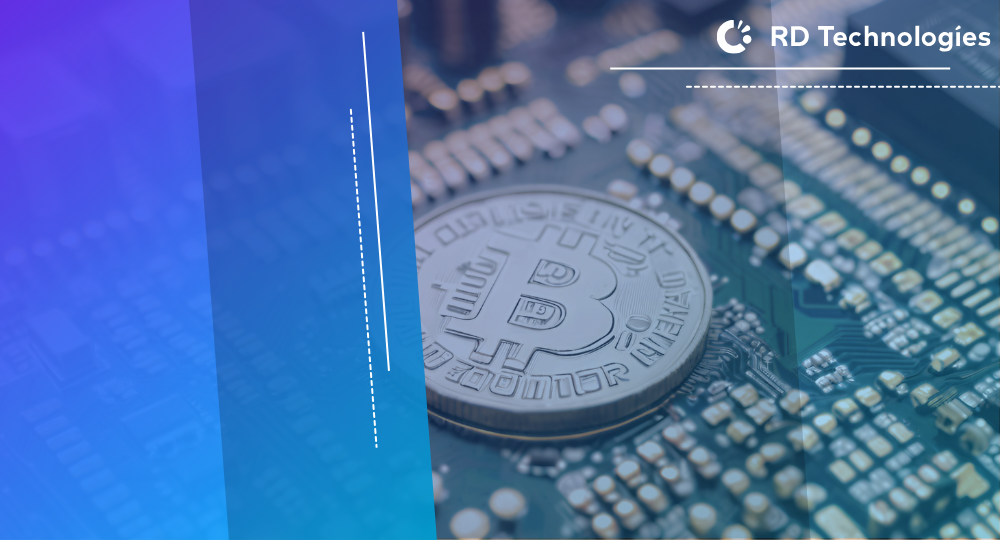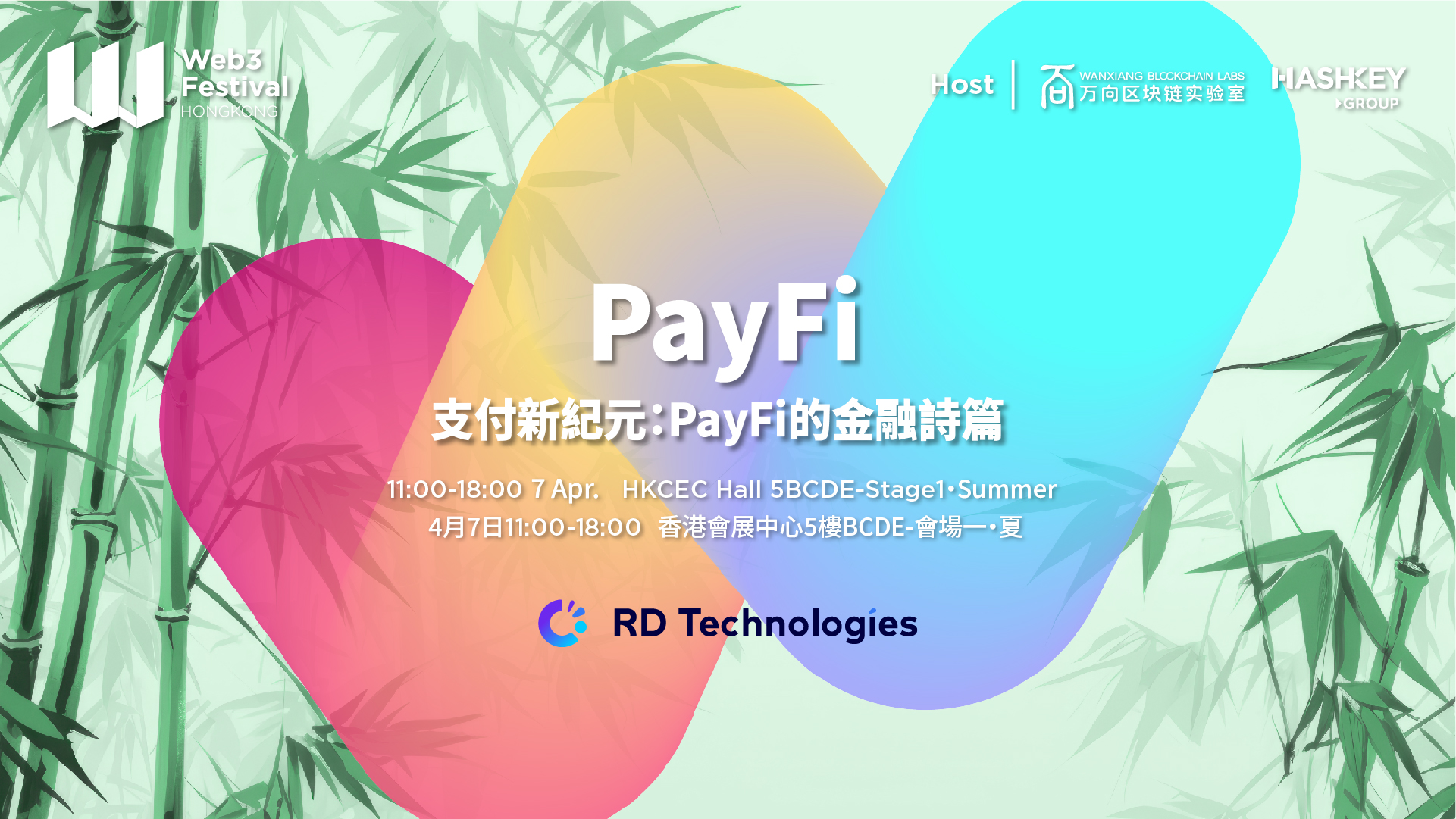

Tokenization
Tokenization is the process of converting rights to an asset into a digital token on a blockchain or distributed ledger technology (DLT). Unlike traditional ledger systems, blockchain operates under fundamentally different principles, enabling the deployment of smart contracts that automatically execute upon the fulfillment of predetermined conditions. These smart contracts are integral to the blockchain ecosystem, as they facilitate essential functions such as data access, validation, and updates with a high degree of accuracy and security. In the realm of securities and investment funds, tokenization entails the creation of digital representations of assets such as equities, bonds, or fund units, which can be seamlessly traded on blockchain platforms.
The primary motivations for tokenization include enhancing liquidity, improving transparency, reducing costs, and enabling broader access to investment opportunities. Tokenization allows for fractional ownership, making high-value assets accessible to a wider range of investors. Tokens can represent various types of assets, including: Financial Assets: e.g. bonds, stocks, funds, and other securities; and Non-Financial Assets: e.g. real estate and other tangible assets (or Real World Assets “RWA”).
By tokenizing these assets, the financial ecosystem can become more inclusive and efficient, opening up new possibilities for both issuers and investors.
Key Features
Use of Blockchain / DLT
All transactions are recorded on a blockchain, ensuring transparency and traceability. Potential benefits include increased efficiency, reduced reliance on intermediaries by enabling direct distribution by issuers or fund managers, reaching end-investors via new channels such as licensed Virtual Asset Trading Platforms (VATPs), and reduced operational costs. For example, in Hong Kong, live cases of tokenized private funds managed by SFC-licensed fund managers are available to professional investors, enhancing direct access to investment opportunities.
Blockchain provides robust security through cryptographic measures, reducing the risk of fraud and tampering. This robust security framework is critical for initiatives like Singapore’s Project Guardian, which explores asset tokenization and DeFi applications while maintaining high-security standards.
Despite the benefits, there are risks such as ownership risks, technology risks, and potential challenges in the application of existing laws. These risks are being carefully managed in places like the UK, where the FCA has reviewed regulatory rules to ensure no significant hurdles for initial tokenization models.
Tokens of Exchanges
The use of smart contracts facilitates the automatic execution of terms and conditions, reducing the need for intermediaries and manual processing. This is achieved through the use of blockchain-compatible programmable money instead of traditional fiat. For instance, in the US, tokenized retail funds like the Franklin OnChain U.S. Government Money Fund use smart contracts to streamline operations and provide direct access to investors via apps and portals.
Central Bank Digital Currencies (CBDCs) and stablecoins can be used to settle transactions, providing stability and reducing settlement times. There are differences between CBDCs and stablecoins, especially regarding the blockchain technologies and specifications supported. This is particularly relevant for private or permissioned blockchains versus public blockchains. The key considerations are whether and how they are regulated and allowed for the instant trading of tokenized instruments or assets, ensuring good public confidence and protection.
Risk and Control Measures and Requirements
Private or Permissioned Blockchain
Private or permissioned blockchains restrict access to authorized participants, thereby enhancing security and privacy. For instance, in a tokenized asset transaction, only verified participants such as licensed fund managers, accredited investors, and regulatory bodies are granted access to the blockchain. This restricted access ensures that sensitive information and transactions are only visible to those with the necessary permissions, significantly reducing the risk of unauthorized access and fraud. The primary objective is to create a secure environment where transactions are transparent among trusted parties, safeguarding investor interests and maintaining market integrity.
To manage the blockchain network effectively, clear rules and governance structures are implemented. This includes establishing protocols for transaction validation, dispute resolution, and compliance monitoring. For example, governance frameworks can mandate regular audits and compliance checks to ensure adherence to Anti-Money Laundering (AML) regulations and investor protection measures. The benefit of this structured approach to network management is that it ensures all participants adhere to agreed-upon rules and standards, thereby enhancing the overall security and reliability of the network. This not only protects investor interests but also ensures regulatory compliance.
CBDCs and stablecoins are technically ready to support private or permissioned blockchains for tokenized securities trading through wrapping and other mechanisms. These digital currencies, especially those regulated and easily accessible to investors, provide the necessary stability and functionality for secure and efficient transactions within the blockchain ecosystem.
Investor Protection
Stringent KYC and CDD processes are mandatory to prevent money laundering and ensure the legitimacy of investors. For example, suitability assessments and checks on professional investor status are conducted to verify that individuals meet the required criteria before they can participate in tokenized asset offerings. This ensures that only qualified investors are able to invest, thereby protecting less sophisticated investors from high-risk investments and ensuring that all participants are legitimate and compliant with regulatory standards.
Securities and investment funds must not be issued in bearer form to ensure traceability and accountability of ownership. By eliminating bearer securities, the system ensures that ownership records are maintained on the blockchain, providing a clear and immutable trail of ownership. This enhances transparency and accountability, making it easier to track the flow of assets and detect any illicit activities. The objective is to maintain a secure and transparent record-keeping system that supports regulatory compliance and investor protection.
Role of Regulators and Specific Requirements
Regulatory Oversight
Regulators ensure that tokenized securities comply with existing financial regulations concerning investor protection, market integrity, and financial stability. This involves regular audits, monitoring of transactions, and ensuring that all market participants adhere to the established rules and standards. The objective is to maintain a fair and orderly market, protect investors from fraudulent activities, and ensure the overall stability of the financial system.
Fund managers and platforms facilitating tokenized securities must obtain appropriate licenses and are subject to ongoing supervision. This regulatory oversight ensures that fund managers are held accountable for their actions and that they operate in the best interests of their investors. For example, fund managers are responsible for conducting due diligence, ensuring compliance with regulatory requirements, and managing investor funds prudently. The reason fund managers should be ultimately responsible is that they are in the best position to oversee the management of the funds, make informed investment decisions, and ensure that all regulatory and fiduciary duties are fulfilled.
Specific Requirements
Issuers must provide comprehensive disclosures to investors, including risks associated with tokenized securities. This includes detailed information about the underlying assets, the technology used, potential risks, and the rights of investors. Comprehensive disclosures ensure that investors have all the necessary information to make informed investment decisions, thereby enhancing transparency and protecting investor interests.
Robust AML and Counter Financing of Terrorism (CFT) measures are enforced to mitigate illegal activities. This includes implementing stringent KYC and CDD processes, monitoring transactions for suspicious activities, and reporting any suspicious transactions to the relevant authorities. These measures help prevent the misuse of the financial system for illicit purposes, ensuring that the market remains safe and secure for all participants.
By integrating these control measures and regulatory requirements, the ecosystem for tokenized securities and investment funds can ensure a high level of security, transparency, and investor protection. This fosters trust and confidence among investors and other market participants, promoting the growth and development of the tokenized asset market.
Key Challenges
Regulatory Uncertainty
The lack of harmonized international regulations creates complexity for cross-border tokenized securities offerings. For instance, while Hong Kong and Singapore have made strides with local regulatory frameworks, the differences between these and frameworks in the US or UK can complicate compliance efforts for global investors and issuers. This regulatory fragmentation can lead to higher costs and operational inefficiencies as firms navigate multiple jurisdictions.
As seen with the recent guidance from the SFC in Hong Kong and the interim report by the UK’s Technology Working Group, regulatory frameworks are still evolving. This dynamic environment requires issuers to continuously adapt to new rules, which can be resource-intensive and deter some from entering the market.
Technological Integration
Ensuring seamless integration between blockchain platforms and traditional financial systems remains a significant challenge. For example, Singapore’s Project Guardian involves multiple pilots focusing on different financial sectors, highlighting the need for interoperable systems that can work across various asset classes and technologies.
Current blockchain infrastructures must be capable of handling high transaction volumes efficiently. The tokenized retail funds in the US, such as those managed by WisdomTree, demonstrate the need for scalable solutions that can support extensive investor participation without performance degradation.
Investor Education and Adoption
Broad adoption of tokenized securities requires significant educational efforts. Many investors are not yet familiar with the concept of asset tokenization, as evidenced by the direct-to-investor approach seen in the US. Comprehensive educational initiatives are necessary to inform investors about the benefits and risks involved.
Building trust in digital assets is crucial. The successful implementation of tokenized private funds in Hong Kong and the ongoing pilots in Singapore show that while institutional investors may be more readily accepting, retail investors require robust protections and assurances to gain confidence in these new financial instruments.
Cybersecurity
The digital nature of tokenized securities makes them vulnerable to cyberattacks. As tokenized funds become more prevalent, such as those seen in the US and anticipated in the UK, robust cybersecurity measures are essential to protect against potential breaches and maintain investor trust.
Protecting sensitive investor information while maintaining the transparency benefits of blockchain is a delicate balance. Private and permissioned blockchains, like those proposed in the UK’s strategic blueprint, aim to address this by limiting access to authorized participants and implementing stringent data protection protocols.
Way Forward
The tokenization of securities and investment funds is rapidly reshaping the financial landscape, offering unprecedented benefits such as enhanced liquidity, improved transparency, reduced costs, and broader access to investment opportunities. By leveraging blockchain and distributed ledger technology, tokenization allows for fractional ownership and more efficient, secure transactions through the use of programmable money, smart contracts, and stablecoins.
Global financial centers like Hong Kong, Singapore, the United States, and the United Kingdom are leading the charge, each with their unique initiatives and regulatory frameworks designed to foster innovation while ensuring investor protection and market integrity. Hong Kong’s live cases of tokenized private funds, Singapore’s Project Guardian, the US’s tokenized retail funds, and the UK’s strategic blueprint for fund tokenization all highlight the diverse approaches being taken to integrate tokenized assets into mainstream finance.
However, the journey is not without challenges. Regulatory uncertainty, technological integration issues, investor education, and cybersecurity risks must be addressed to fully realize the potential of tokenized assets. Concerted efforts from regulators, industry participants, and technological innovators are essential to navigate these obstacles and build a robust, secure, and inclusive ecosystem for tokenized securities.
Looking forward, the ongoing advancements and regulatory support in leading financial hubs are paving the way for a future where digital assets play a central role in global finance. By overcoming key challenges and leveraging blockchain’s transformative capabilities, tokenization can significantly enhance the efficiency, transparency, and accessibility of financial markets, heralding a new era of financial innovation and inclusivity.


